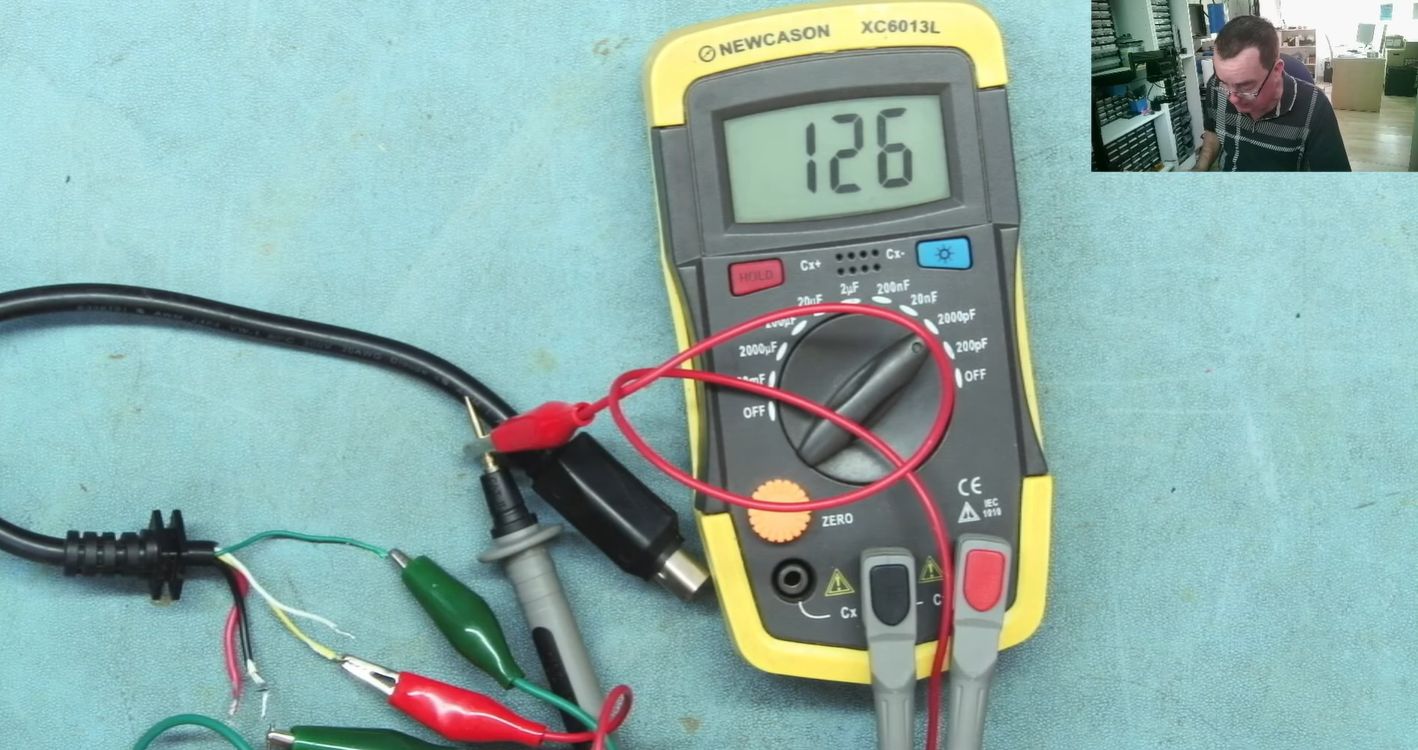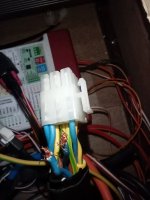Pudsey Bear
Full Member
- Messages
- 13,254

How To Find Where A Wire In A Cable Is Broken
Determining that a cable has a broken conductor is the easy part, but where exactly is the break? In a recent video, [Richard] over at the Learn Electronics Repair channel on YouTube gave two commu…

